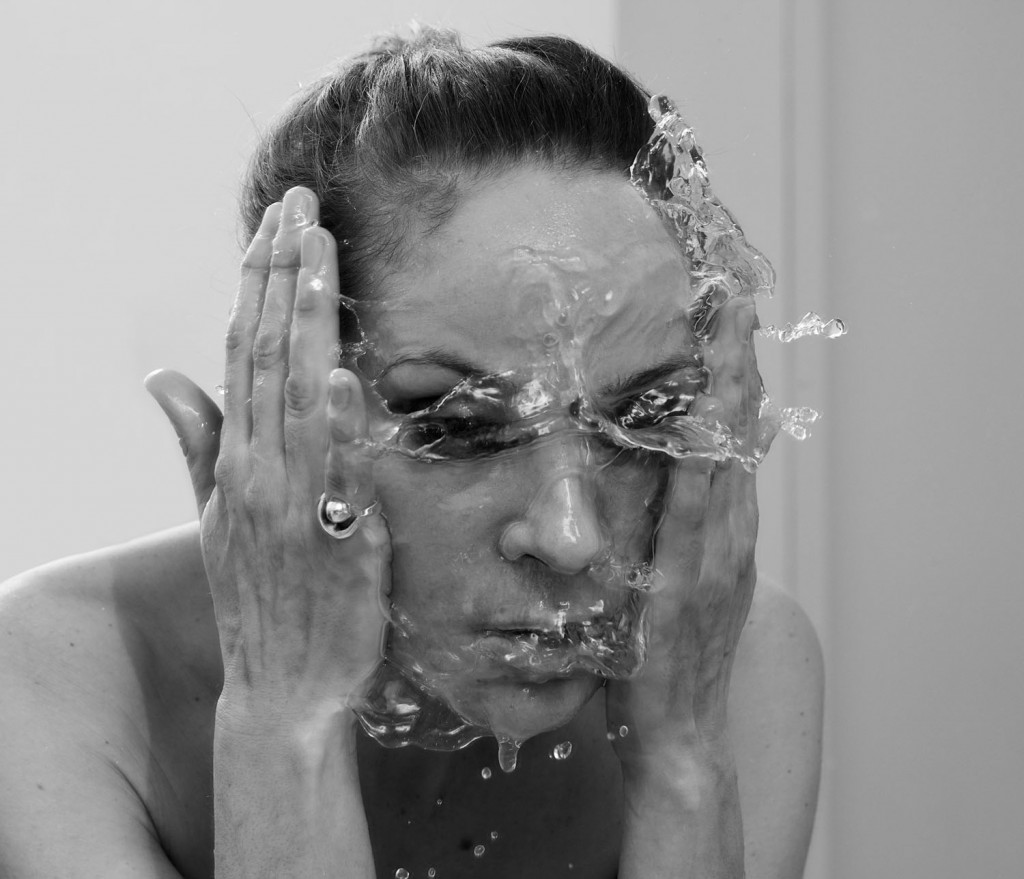
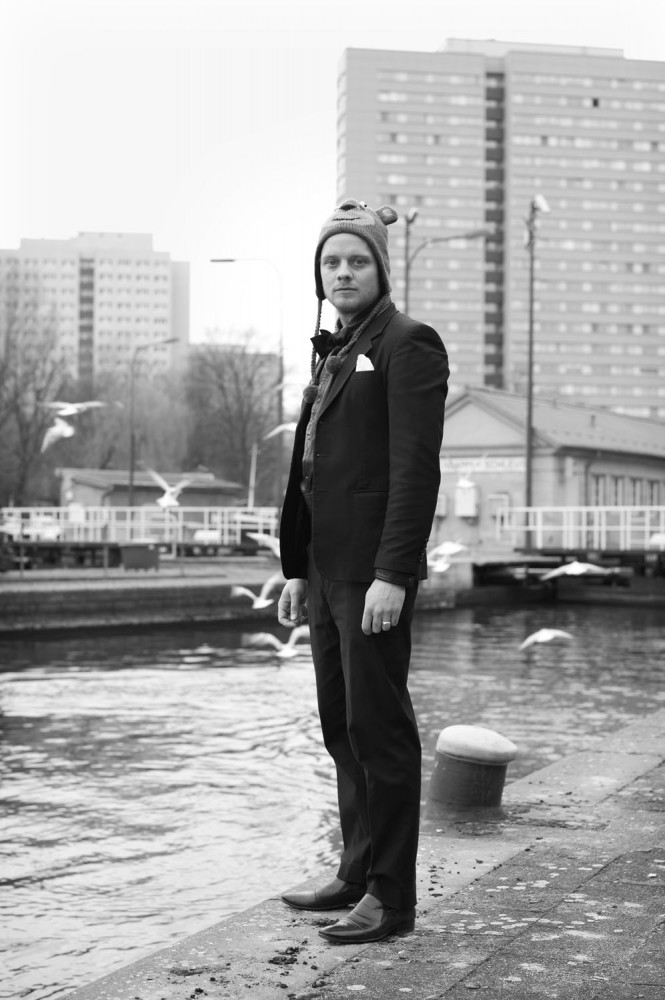
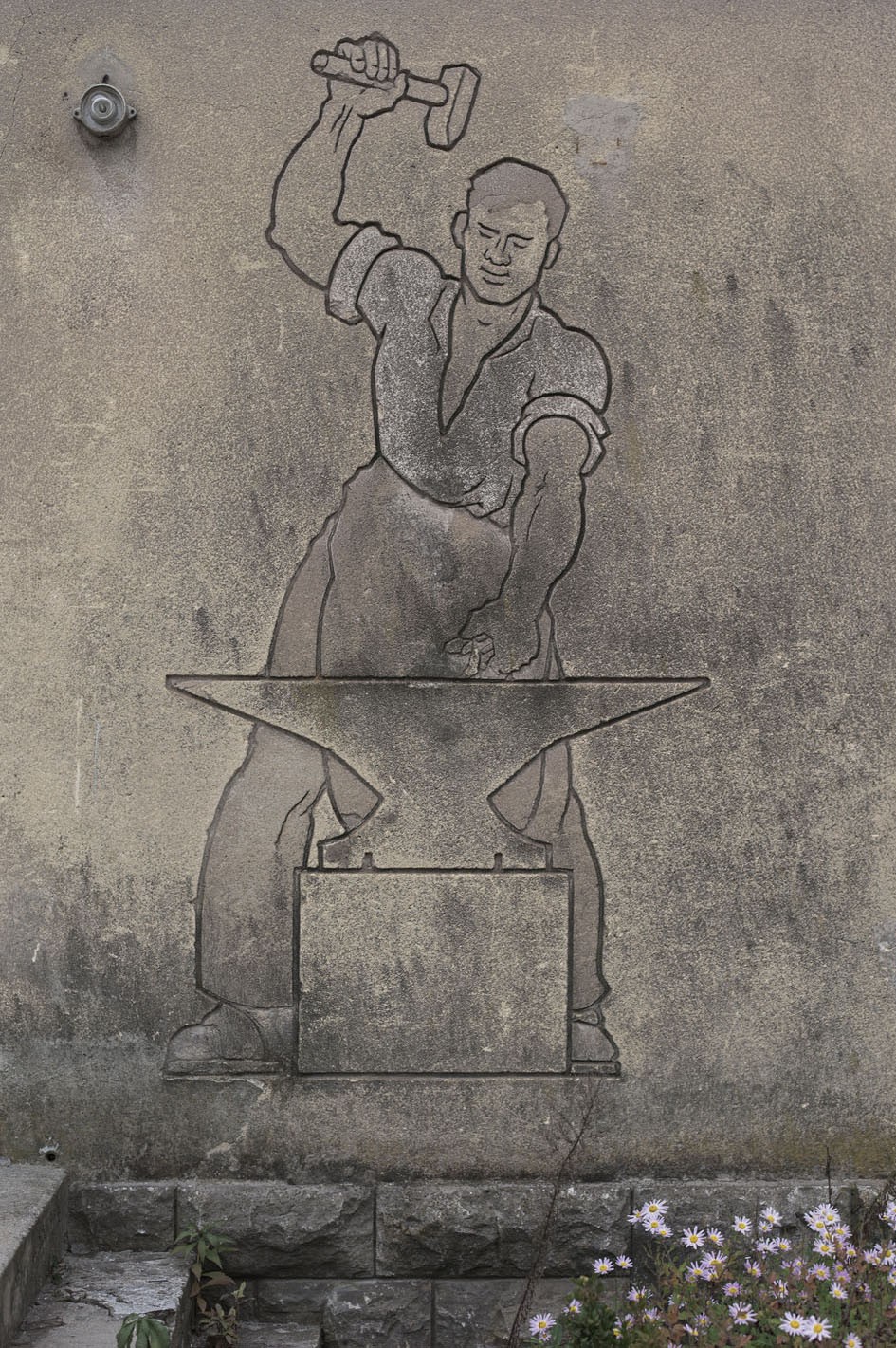
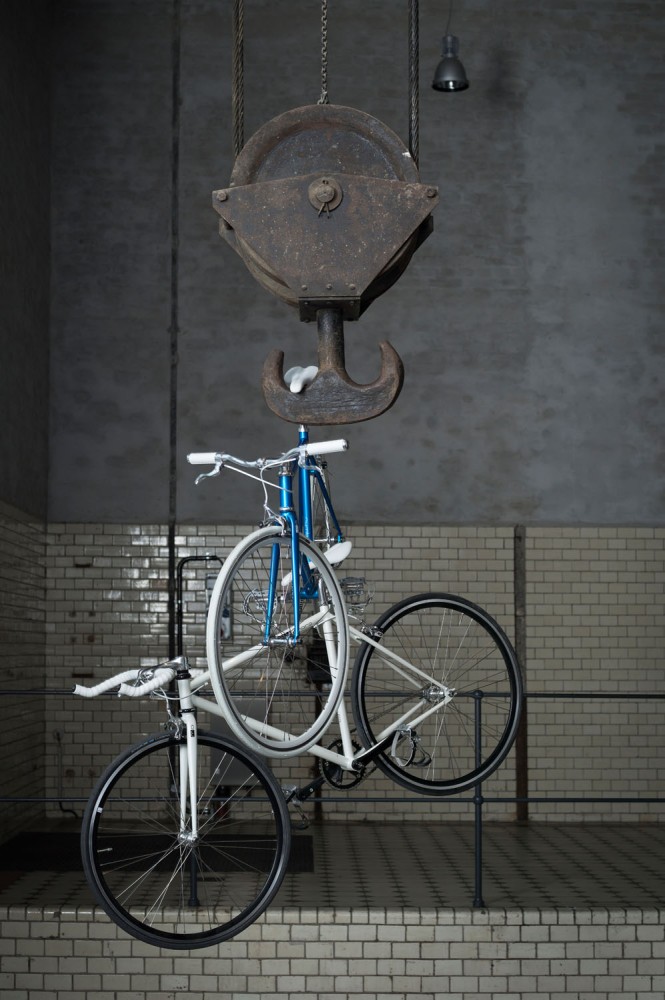

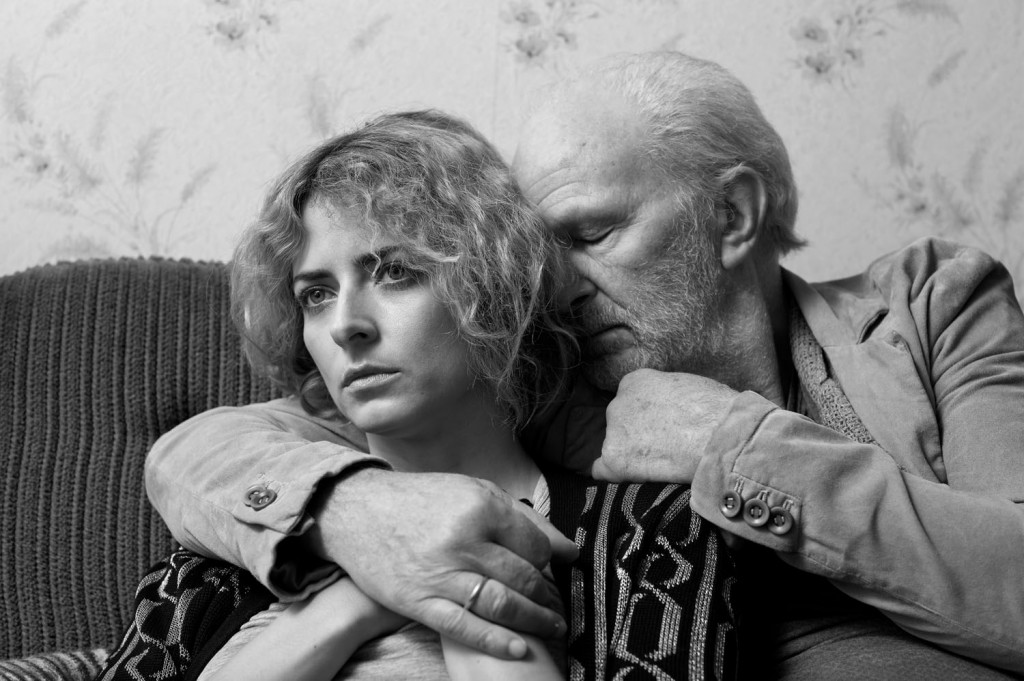
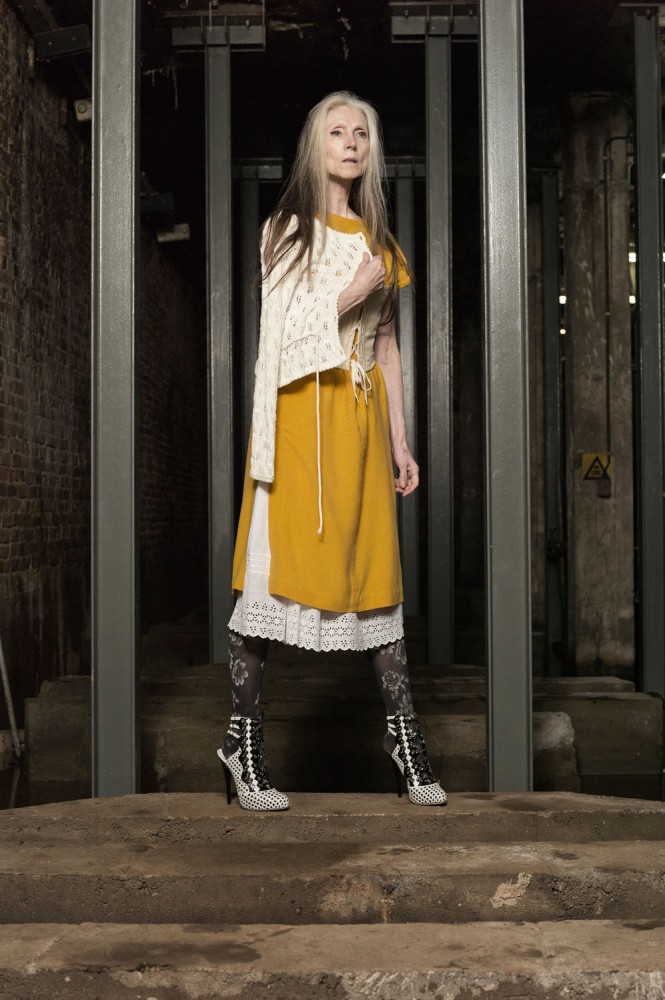
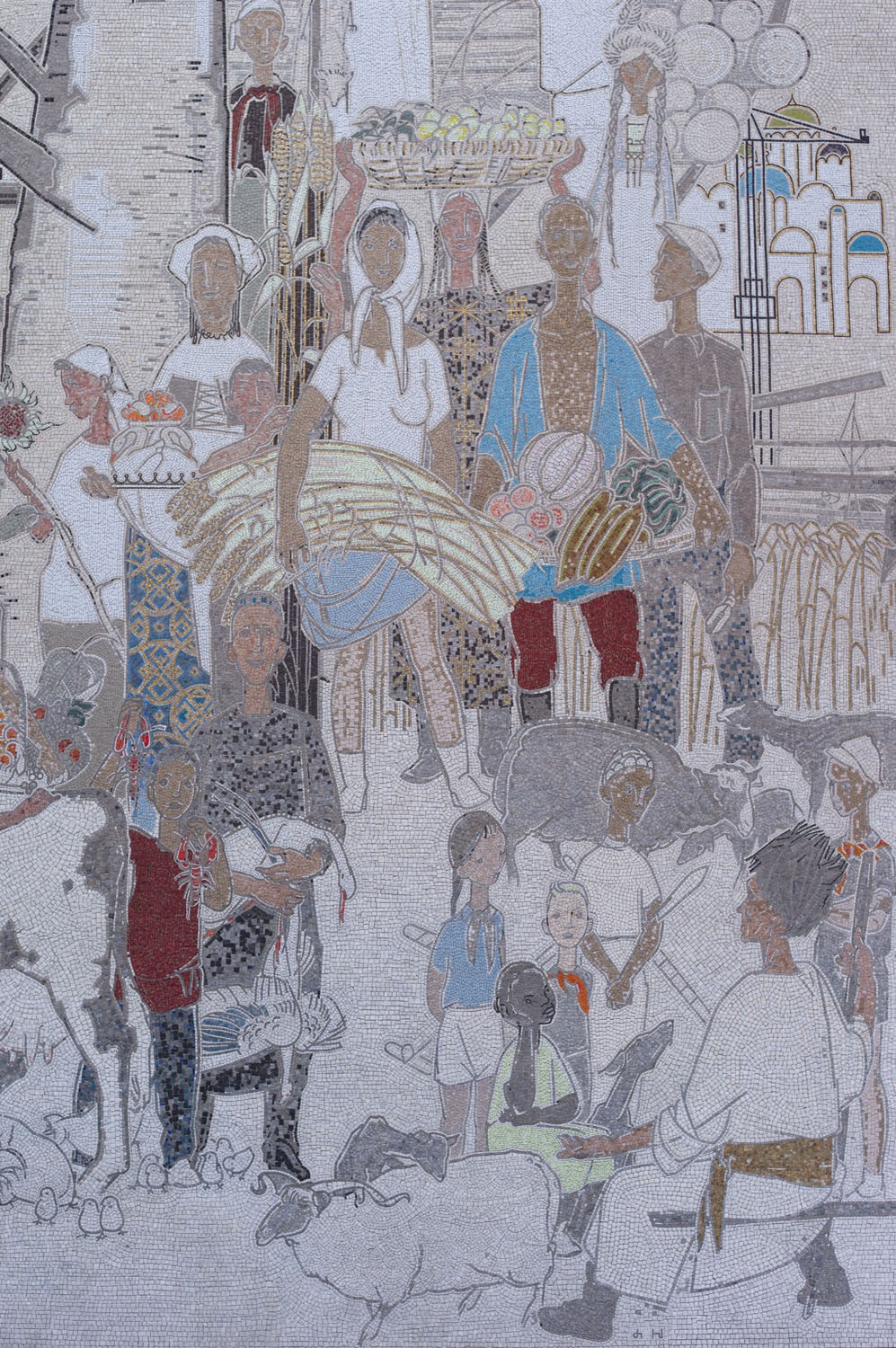
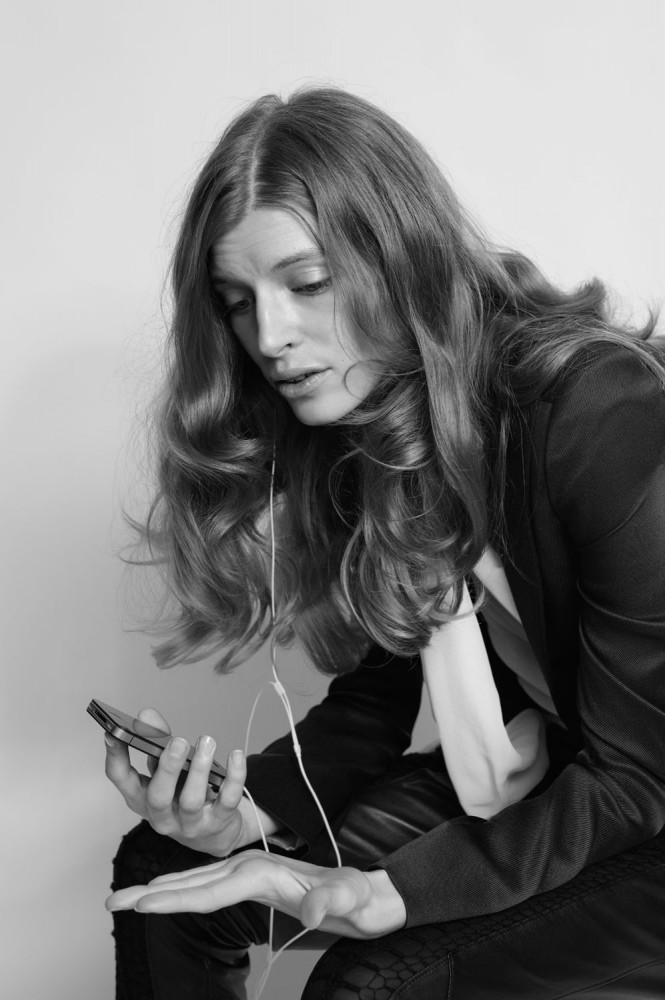
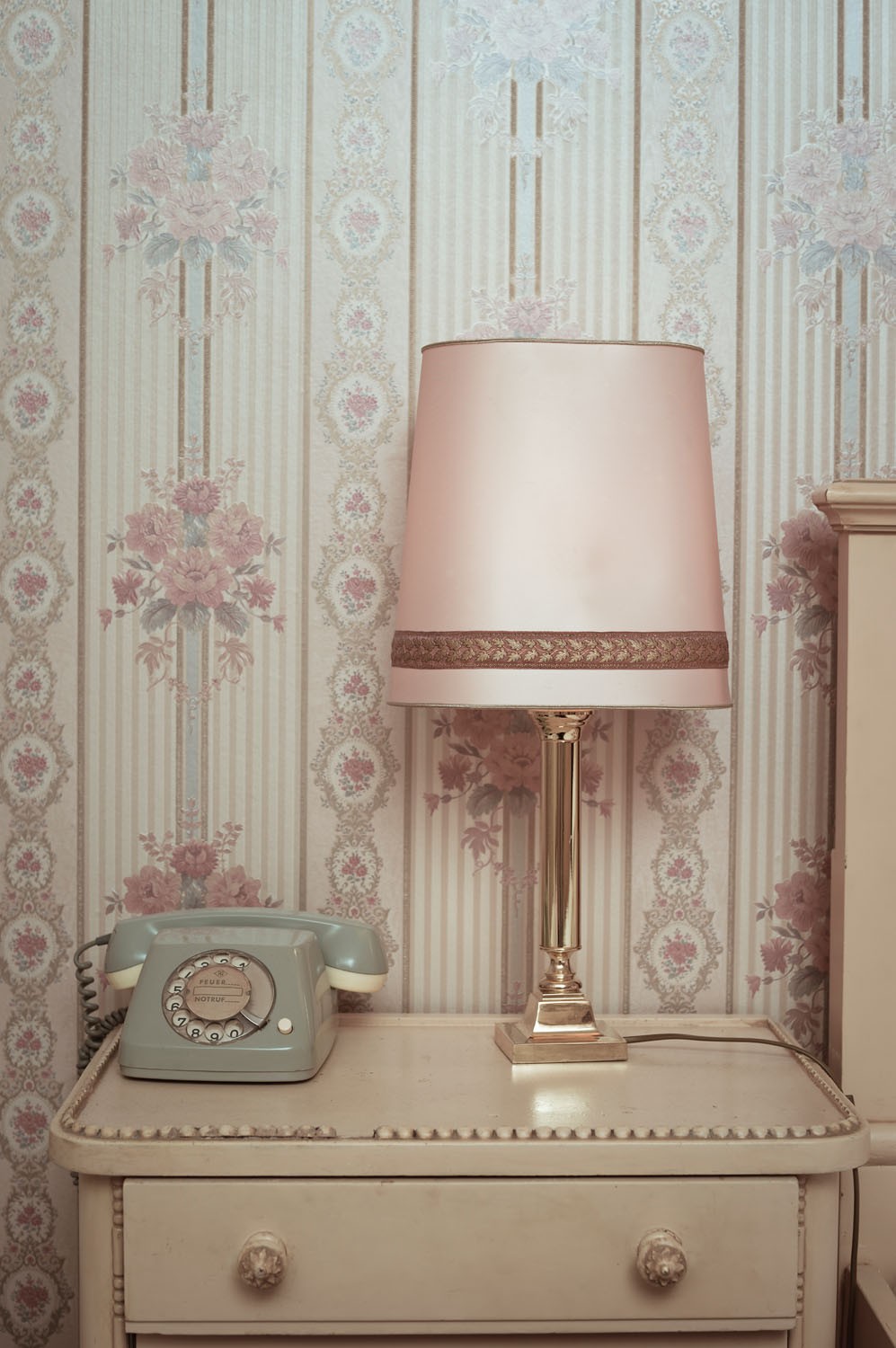
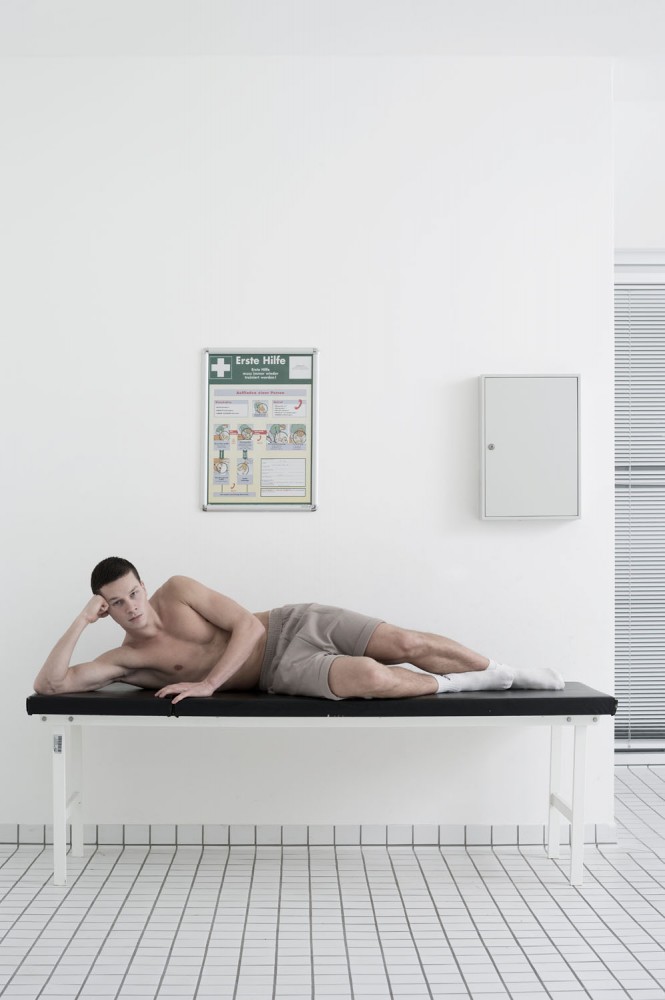
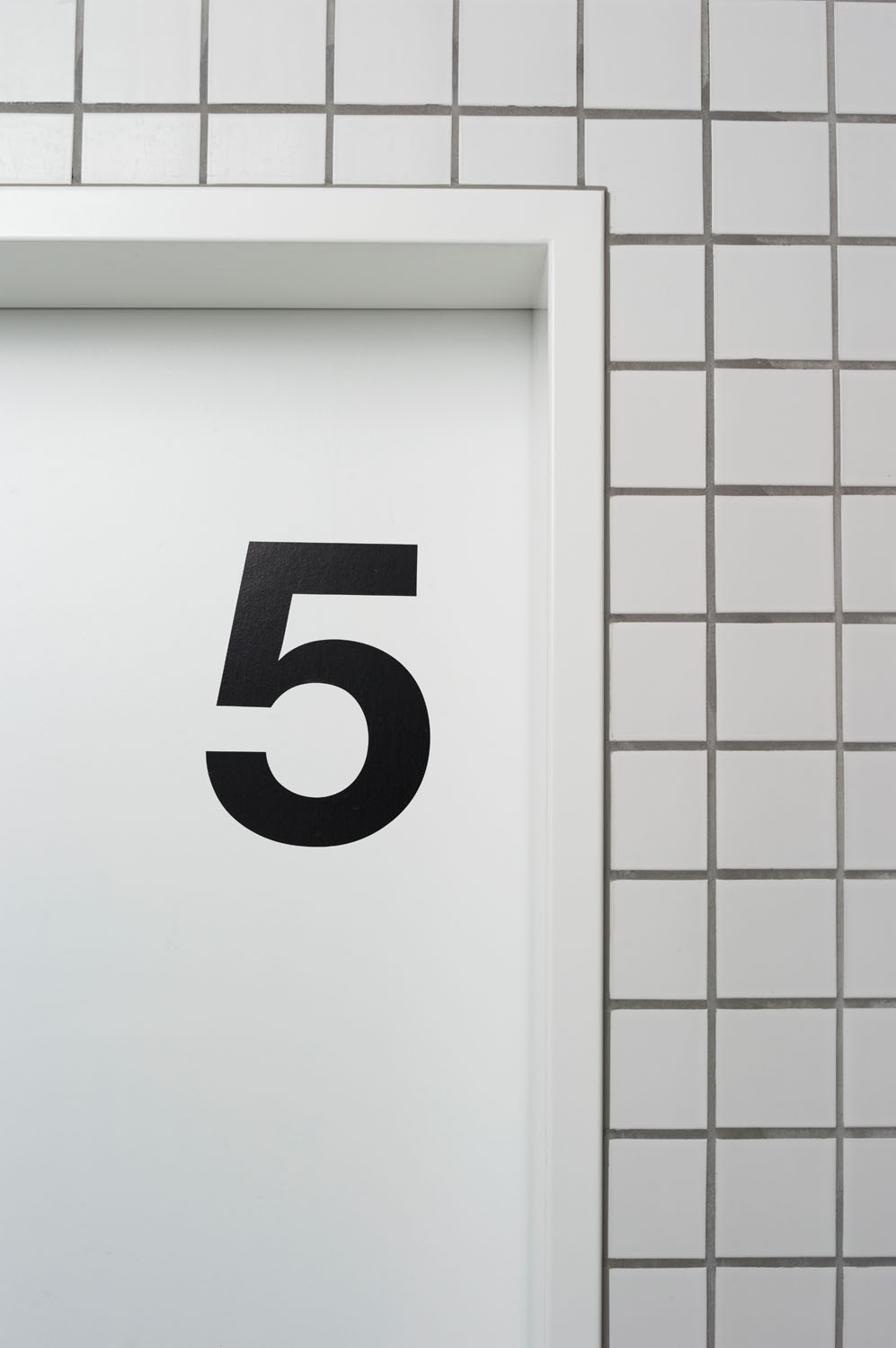
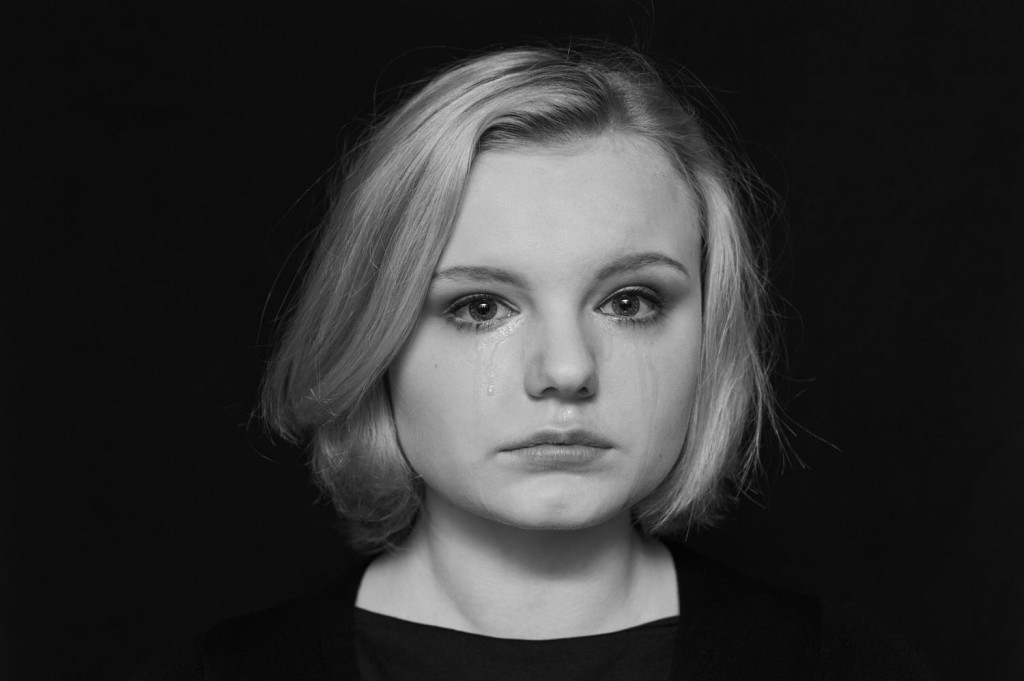
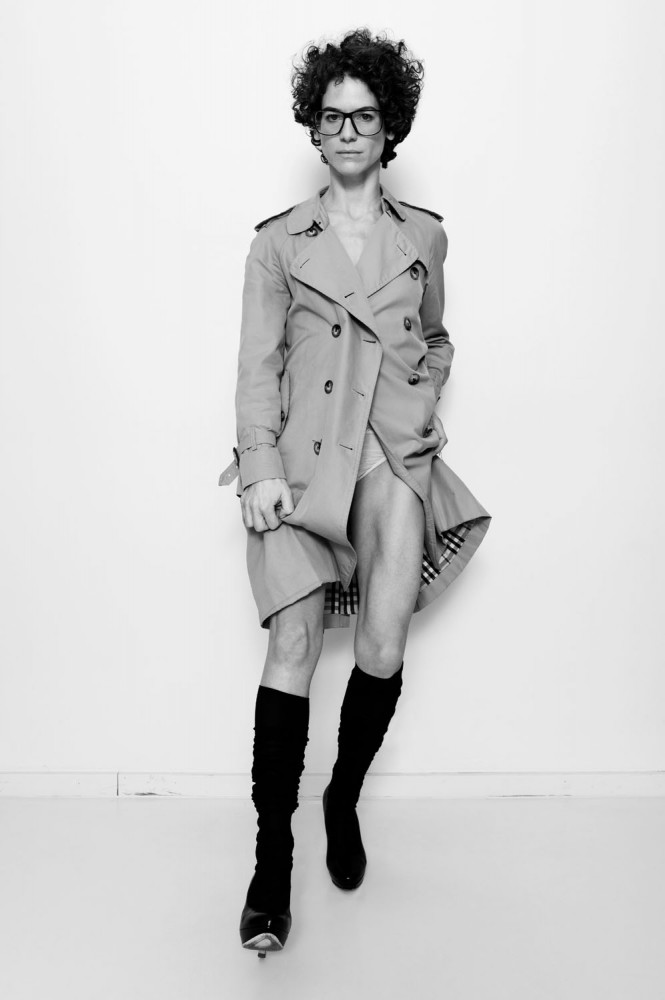
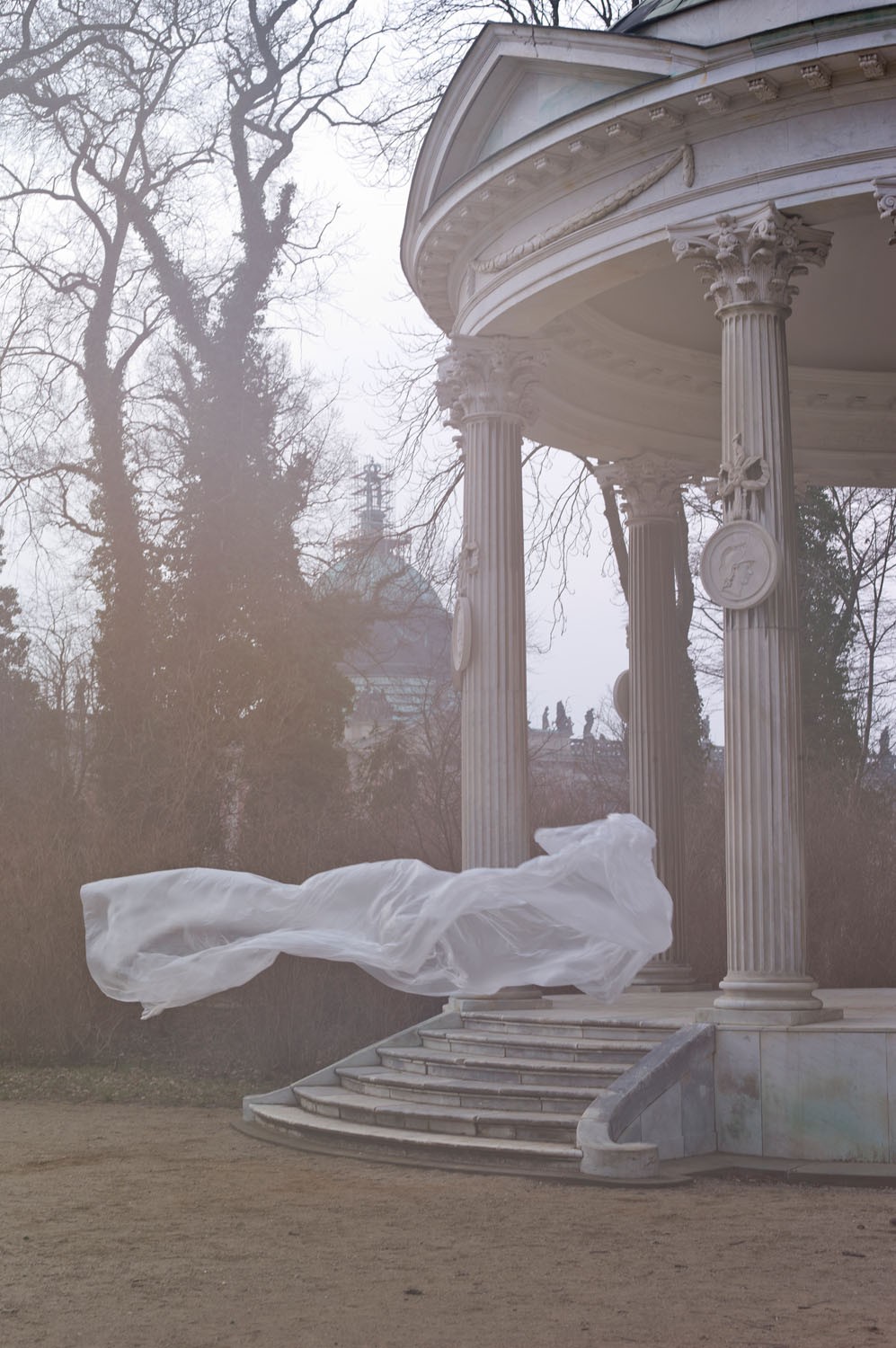
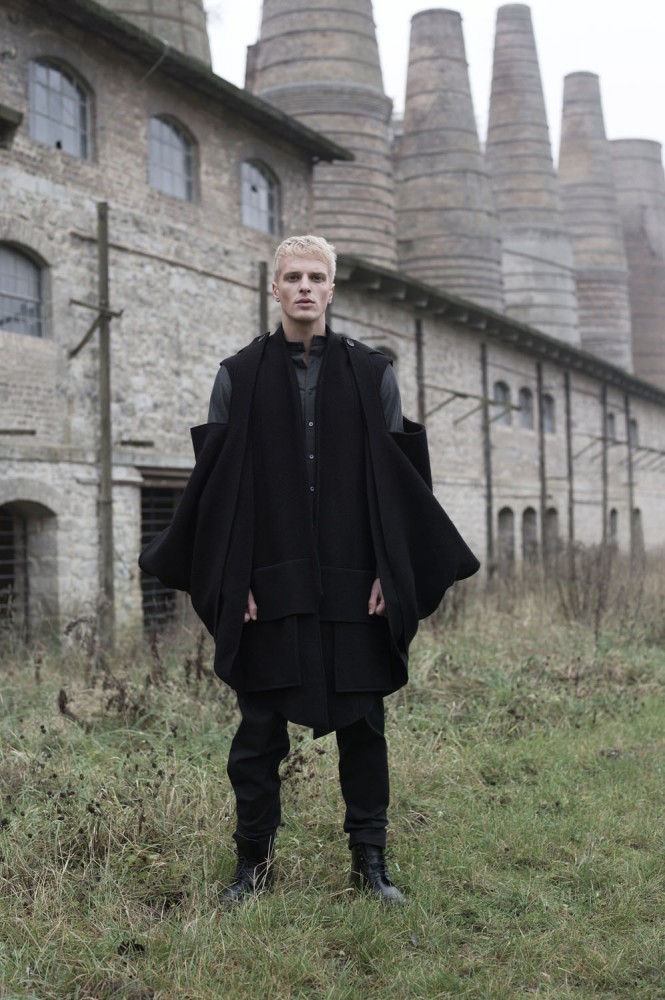
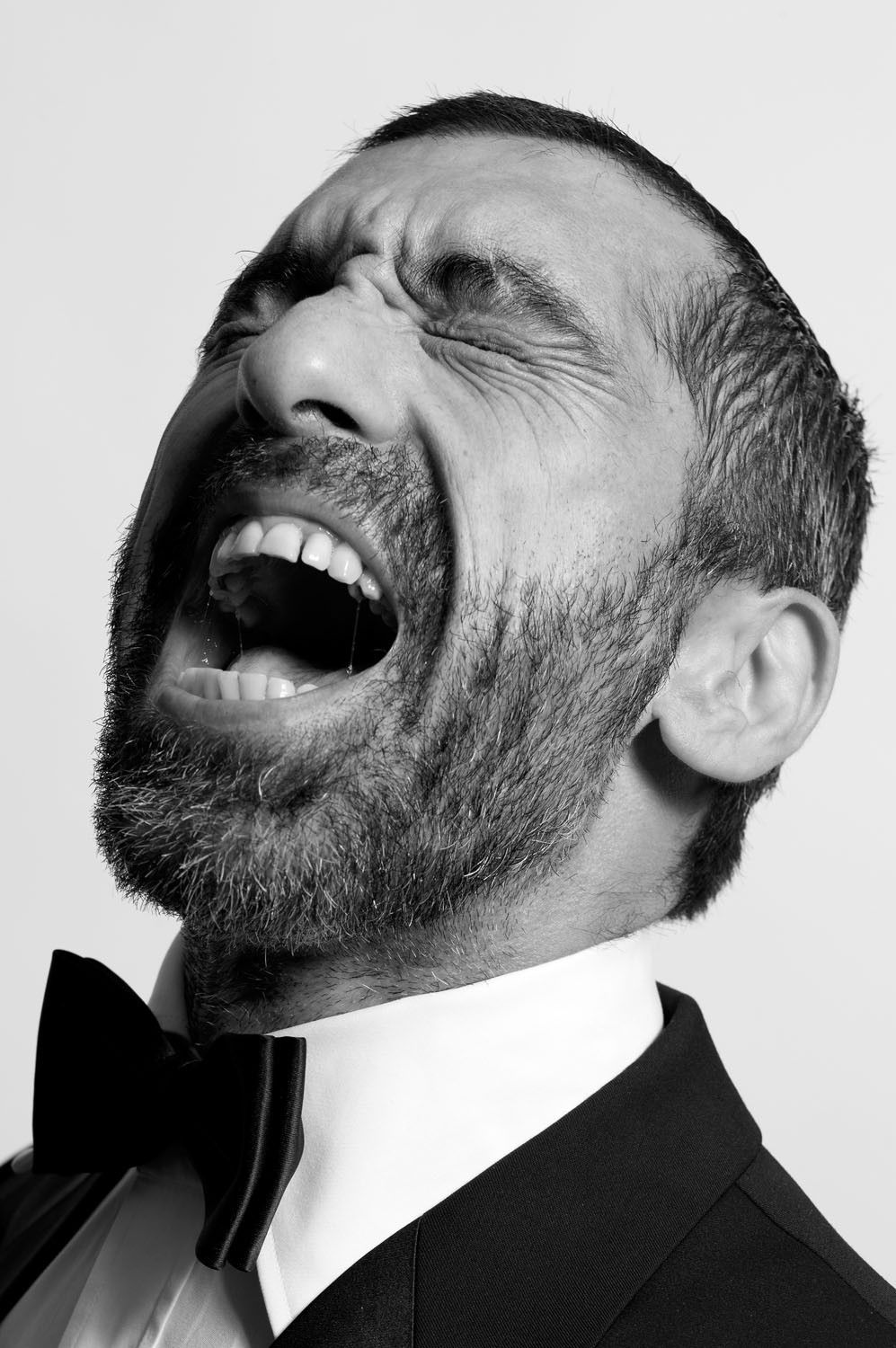
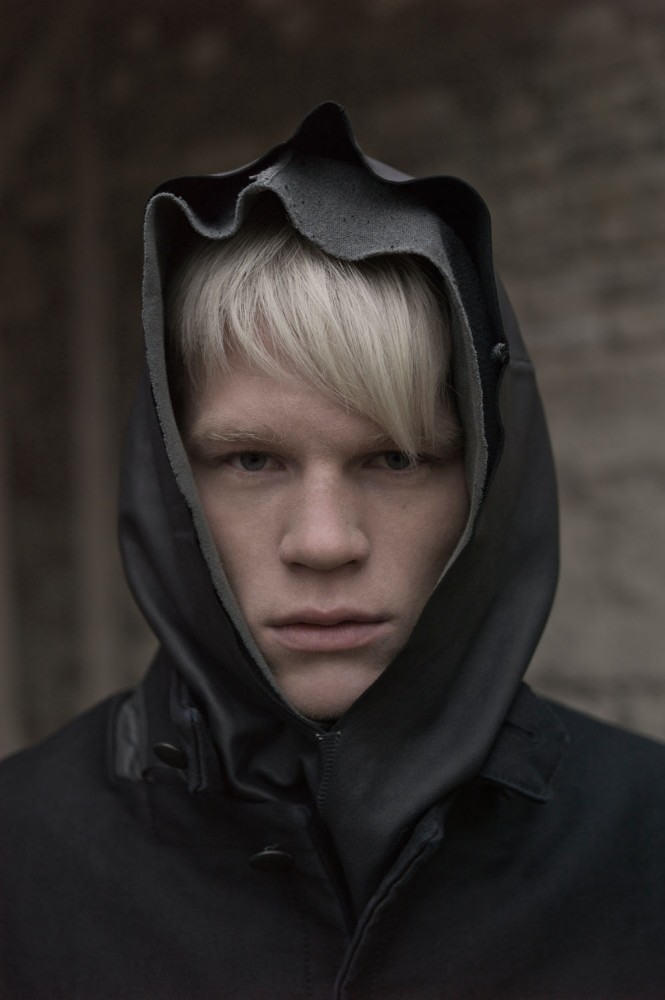
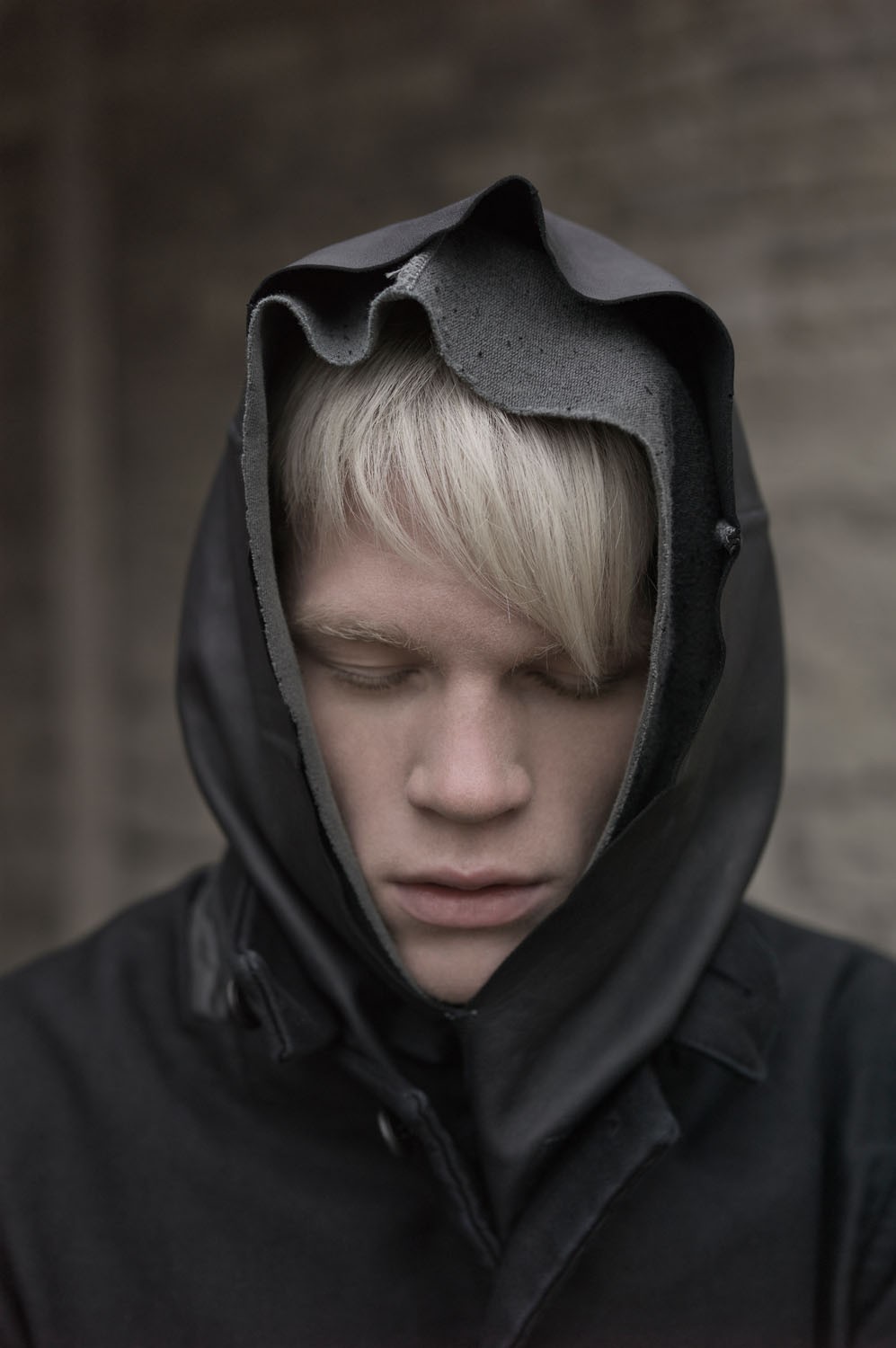
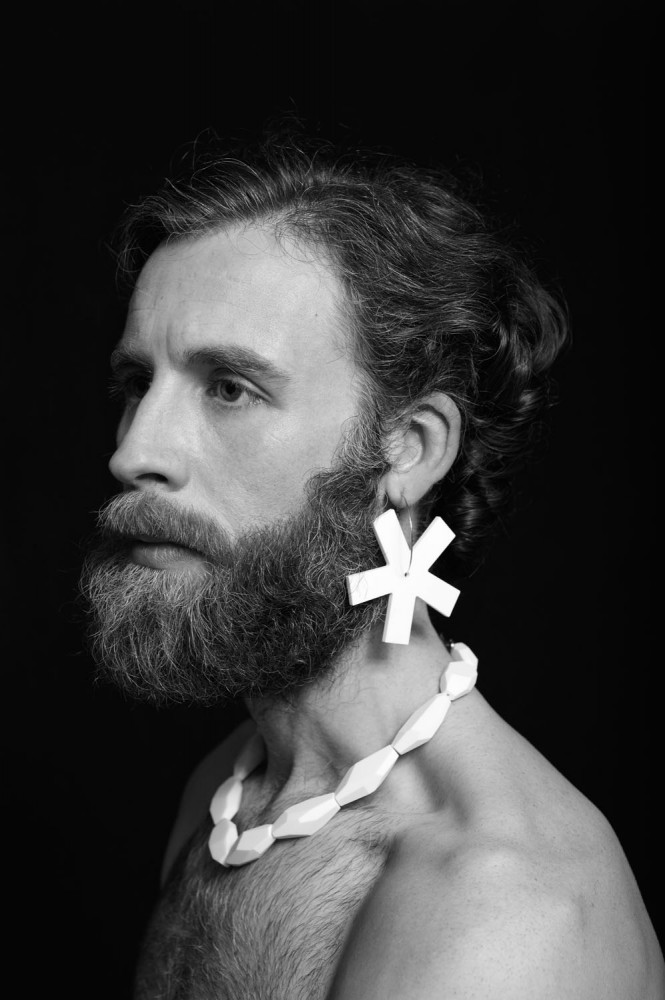
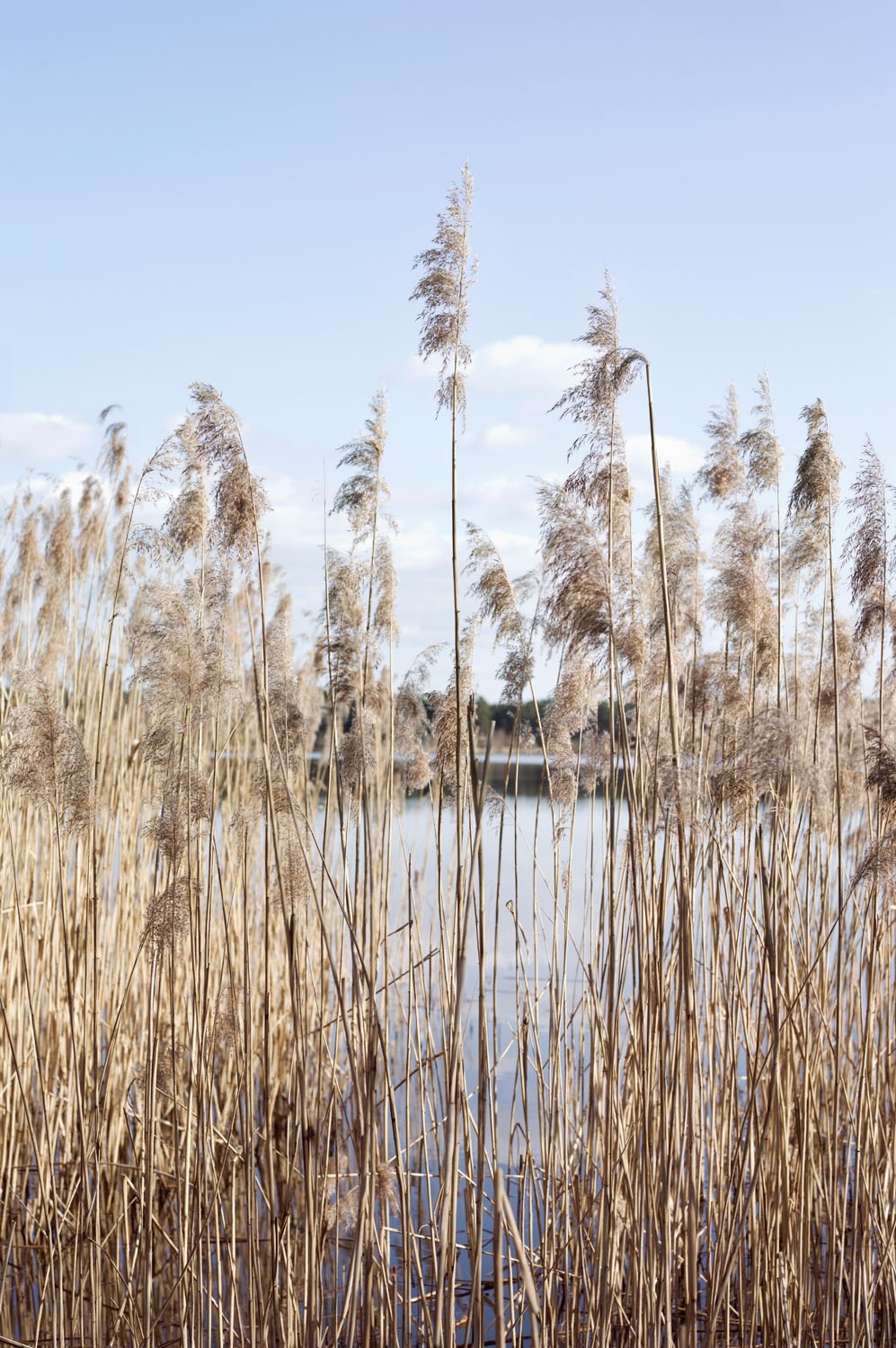
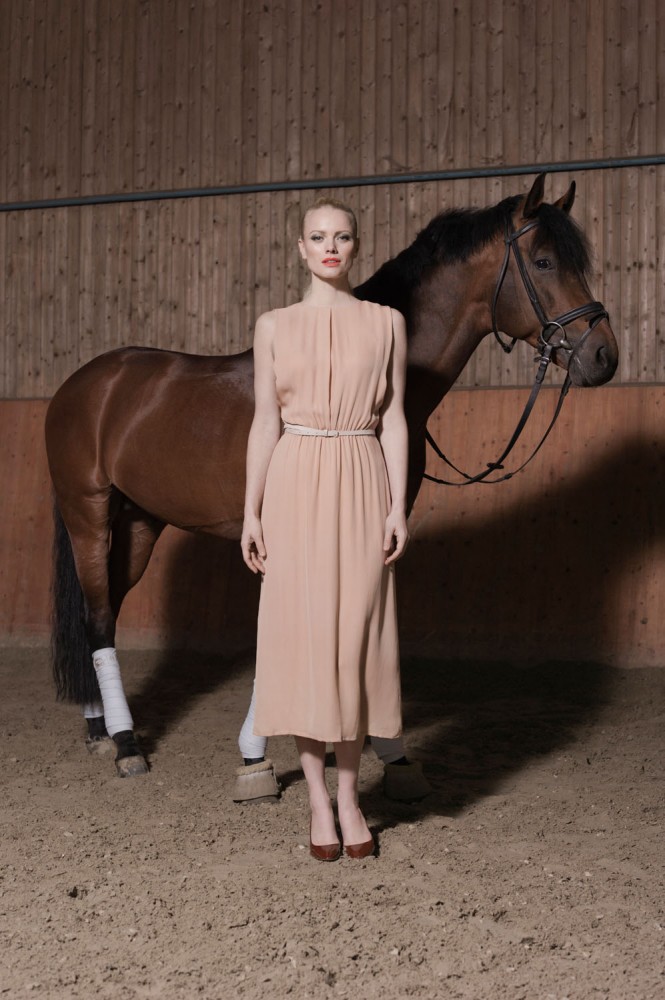
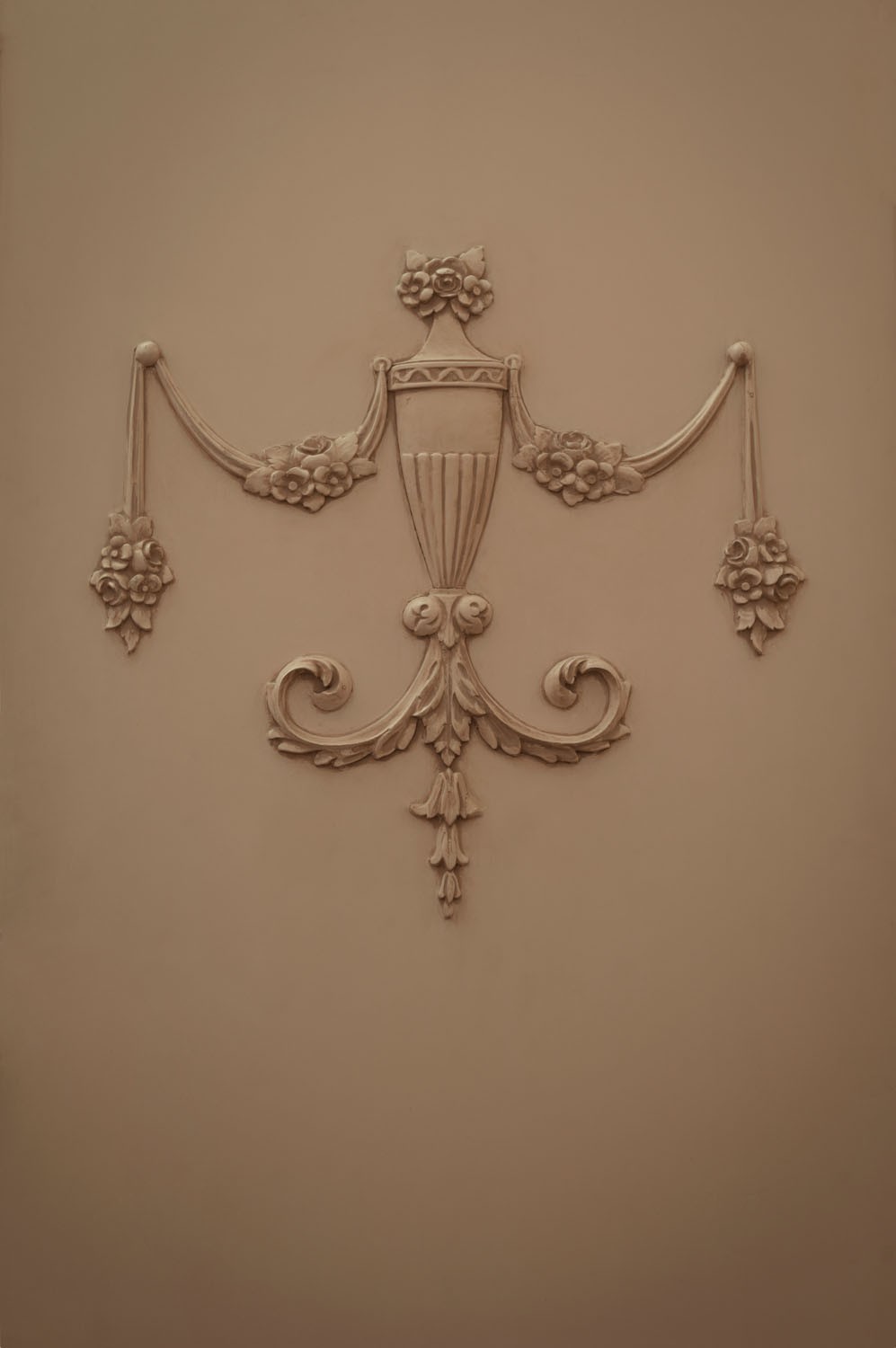
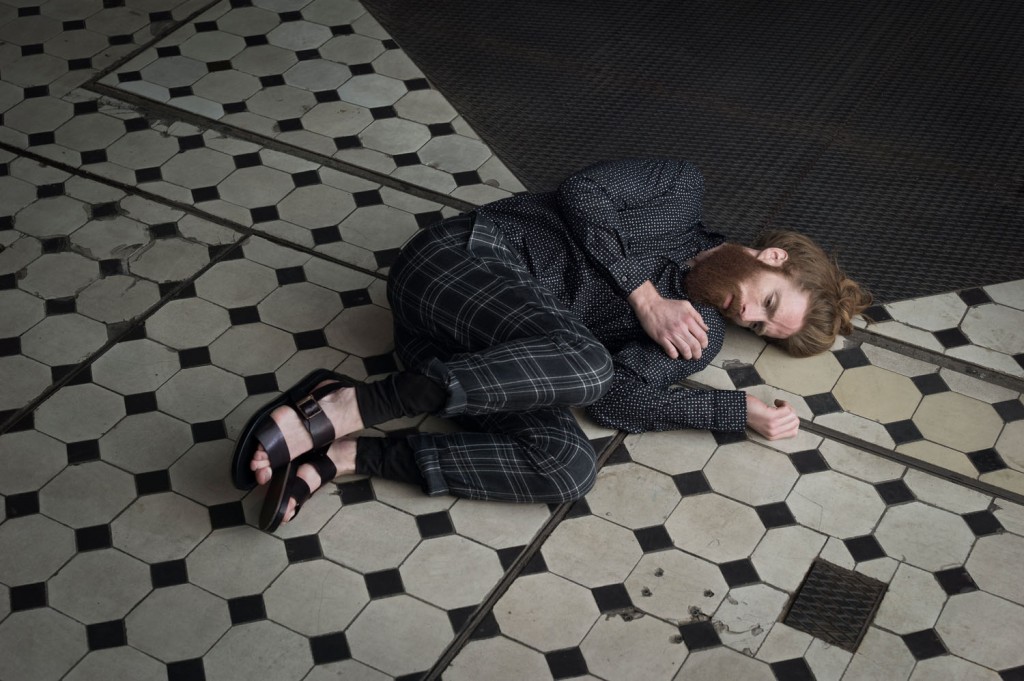
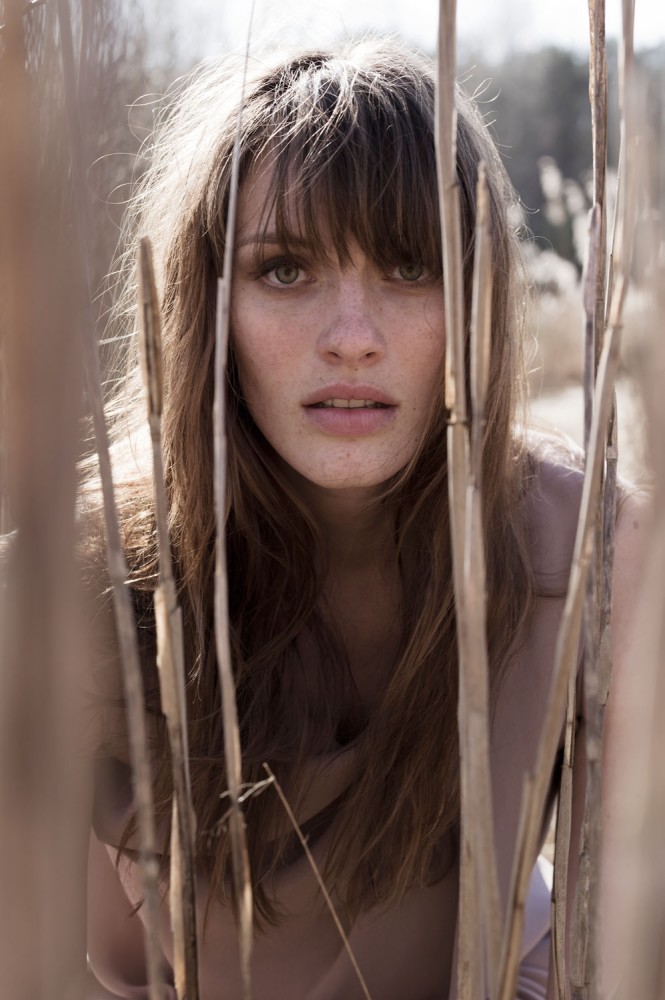
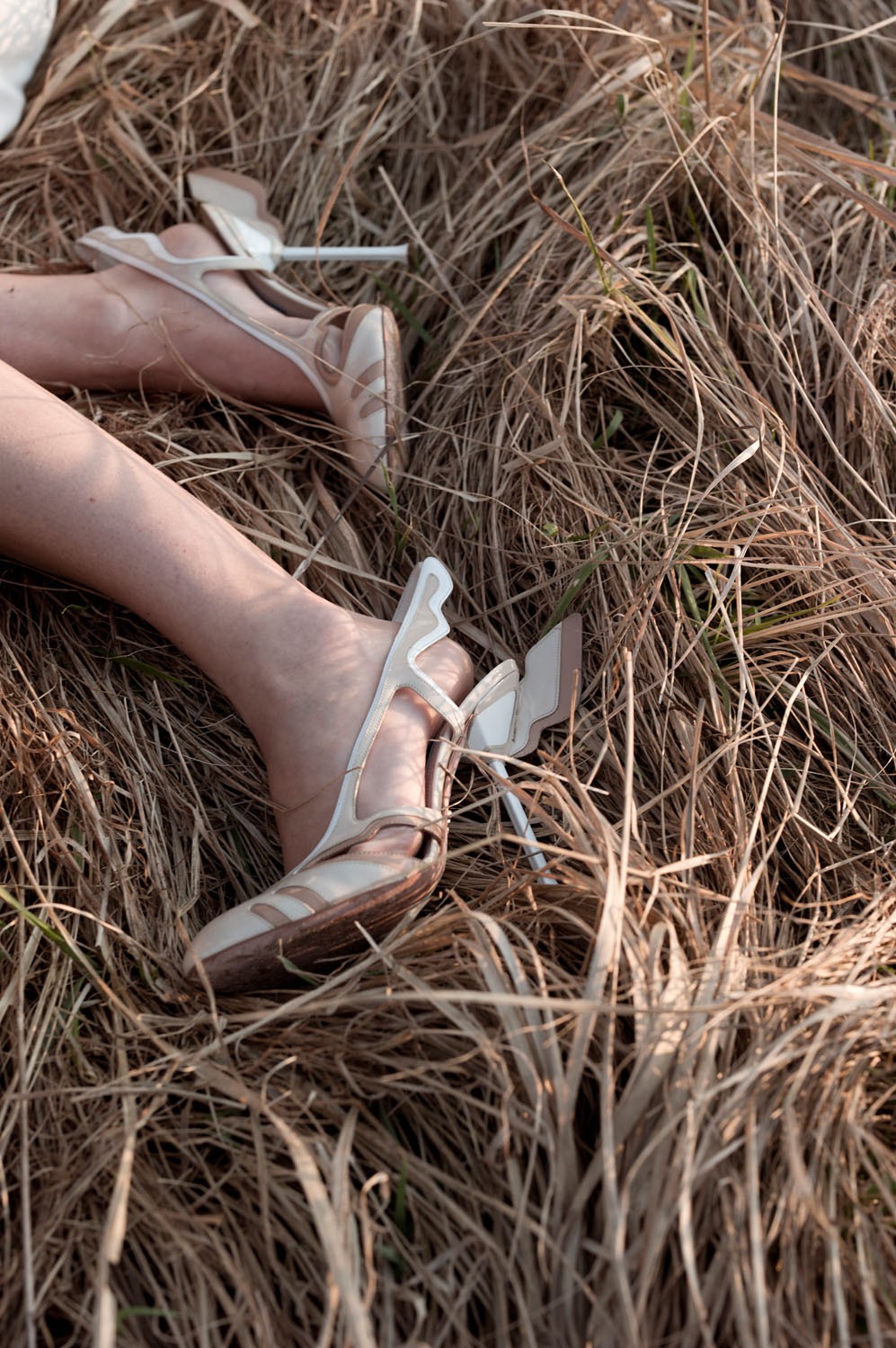
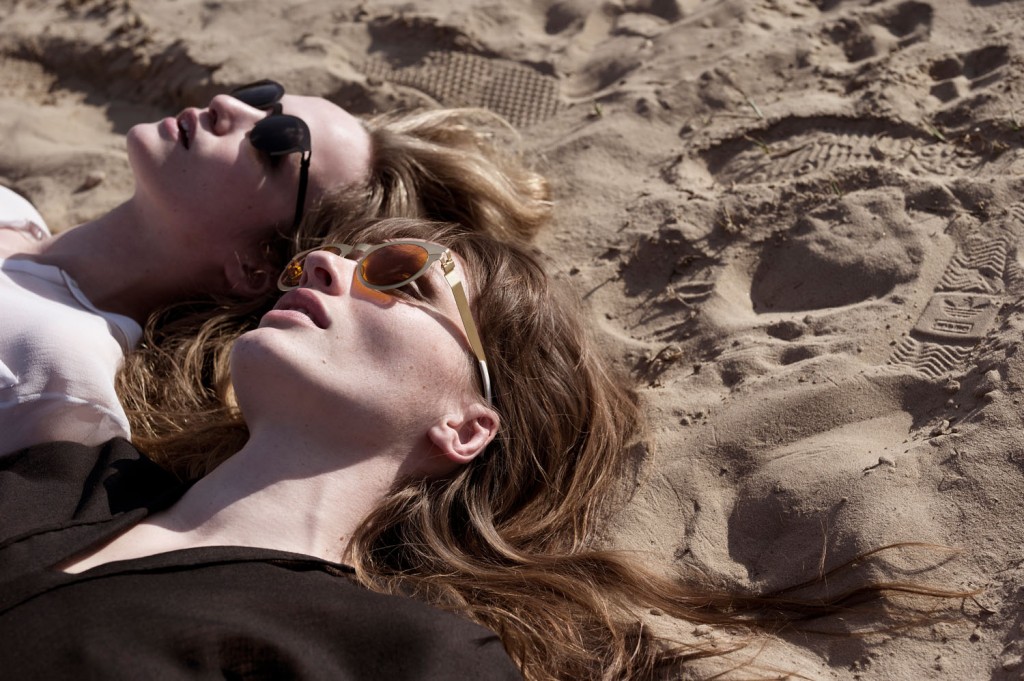



























INTERVIEW
Joachim Baldauf
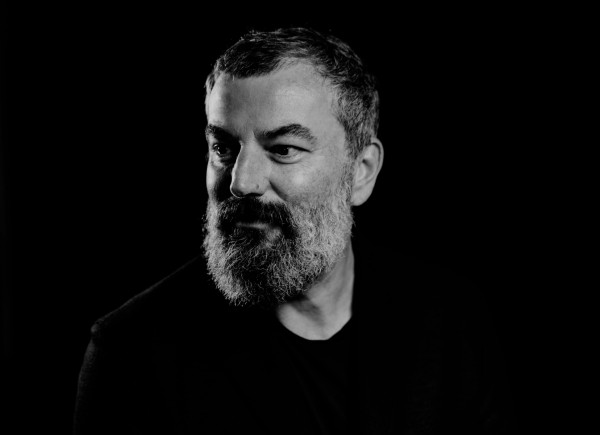
PHOTOGRAPHY Joachim Baldauf PROTAGONISTS Jeanette Hain, Stefan Konarske, Luca Gajdus, Eva Padberg, Micheal Gwisdek, Eveline Hall, Patrick Hausding, Maria Dragus, Bibiana Beglau, Mario Galla, Erdal Yildiz, Jan Zühlke, Steven, Franziska Knuppe, Johnny Harrington, Sandra Treydte, Veza CAMERA Leica S2 with Summarit-S 70mm f/2.5 Asph.
For his “Berlin Portfolio”, Berlin photographer Joachim Baldauf created a real relationship between his protagonist couples and the locations, giving the images a fascinating, time-transcending energy.
S Magazine: For our series, you looked for places in Berlin that have special meaning for you. What kind of places, and why did you choose them?
Joachim Baldauf: They’re places I’ve come across in my daily life, that I like because of their aesthetics, or because I have a personal connection to them. The Fischerinsel, the Henselmann concrete blocks, the Power Station in the middle, an original, 3-room former East German apartment, the Funk guest house in Charlottenburg, the Europa Sports Park at Prenzlauer Berg, a former brick manufacturing plant, my favourite lake in Brandenburg and the Sanssouci Castle park. I also took photos in my apartment – between lunch and coffee.
Your models are also hand-picked. What criteria do you use in choosing them?
The protagonists are people I like or whose work I appreciate. I’ve known some of them for a long time and we’re friends. I like to work time and again with the same people. Like with Veza, for 18 years now. In 2016 a book with photos and texts documenting our many years working together will appear.
Your pictures are characterised by a certain harshness in the use of light. Why are you defined this way?
Interestingly enough, I mainly photograph with daylight or a soft lighting. The feeling of harshness comes from the way they’re staged. I work in a very pure manner, and light is as important as shadow in my pictures. Well placed shadows give the subjects depth, definition and a certain drama.
Your subjects seem to show and provoke certain emotions… Can you say something about that?
That’s precisely what the whole thing’s about for me. My photos should touch people; and not just for a brief moment. When a photo is ‘real’, a good photo remains a good photo even after years. If a photo isn’t fashionable it will always remain contemporary and modern. At the essential level, human nature doesn’t change over the years, our emotional world remains the same.
The series lives essentially from the pairing up of images. What’s the idea behind it and did you have this in mind before you began photographing? What’s the concept behind it?
That strongly reflects my training as an Art Director. Lay out, and placing pictures opposite each other or in pairs, strengthens a desired statement. I often photograph in a very conceptual manner.
Does styling play a relevant role for this concept, or was the styling already set by the protagonists because it’s part of their personality?
The expression ‘styling’ often carries a hint of disguise about it. Good stylists work hand in hand with the photographer and the protagonists. The styling for the ”Berlin” portfolio was done by Claudia Hoffmann and Jane Garber, among others. Both of them are very experienced and a great plus for my photography, because they don’t actually disguise, but give the photo what it needs: authenticity.
What kind of relationship do you build to your protagonists? How intimate is it?
That varies a lot. Intimacy is easier to achieve in small teams. Good models or actors (and also photographers) can ‘call up’ intimacy, even in a studio full of people. To me it’s important to know something about the people I’m photographing; and if a certain closeness results from talking with them, it can also be felt in the pictures.
You are known for being a perfectionist. At what point are you satisfied with your motifs?
I was already a perfectionist as a child. It’s my father’s genes coming through loud and clear. Of course, perfection lies in the eyes of the beholder. I always want to give as much as I can within the framework of my possibilities. It also has to do with love of the matter, and with respect for the people with whom you’re dealing. If I go to a restaurant, I prefer to enjoy a tasty meal that has been prepared with dedication.
What features does the camera you prefer photographing with need to have?
It must work smoothly, be robust and look good – and have the latest technology, of course. I love innovative technology!
How intensely do you photograph? Years ago in London you’d decided to cut back and let things be calmer. It seems like you only managed that for a short while. Sparkling wine or sparkling water?
I take lots of photographs, I produce the magazine Vorn, and I teach. Of course, that’s a very full programme, but in my free time I’m also able to switch off completely. In my private life I only take shots now and then with my smartphone. I spend a lot of time in nature, and I always keep the whole month of August free, and another three weeks in December: without camera, computer or telephone. That means complete relaxation. As to whether sparkling wine or sparkling water… tap water!